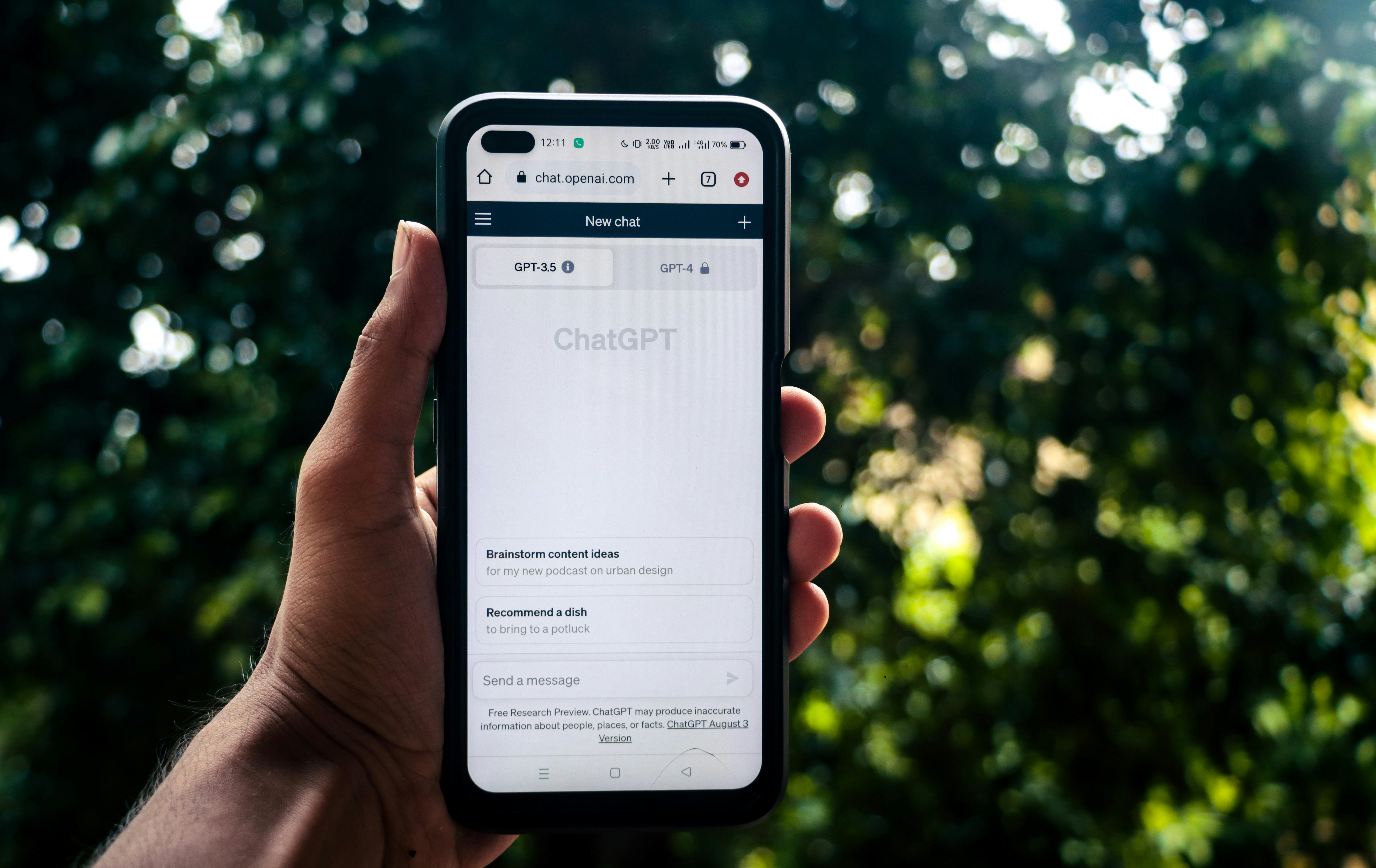NeuGrasp: Neural Surface Reconstruction Improves Robotic Grasping

Top post
NeuGrasp: A New Approach to Object Recognition for Robotic Grippers
The world of robotics faces constant challenges, especially when it comes to interacting with objects. Transparent and reflective surfaces present a particular problem, as conventional depth perception methods often reach their limits here. A promising new approach to solving this problem is NeuGrasp, a neural surface reconstruction method that uses background information to determine grip points for robot arms regardless of material.
The Challenge of Transparent and Reflective Surfaces
The precise recognition of objects is crucial for the successful interaction of robots with their environment. Traditional methods often rely on depth cameras, which, however, have difficulty providing accurate depth information for transparent or reflective surfaces. This leads to errors in object recognition and ultimately to problems with gripping.
NeuGrasp: An Innovative Approach
NeuGrasp takes a novel approach by using so-called background information. By analyzing the background and its relationship to the object, NeuGrasp can achieve robust surface reconstruction even under difficult surface conditions. This allows for more accurate object recognition and thus more reliable gripping.
Transformers and Global Prior Volumes
Core components of NeuGrasp are transformers and global prior volumes. Transformers are neural networks that are particularly good at recognizing relationships between different data points. In NeuGrasp, they are used to aggregate features from different viewpoints and provide them with spatial encoding. Global prior volumes provide additional information about the probable shape and position of objects in space. The combination of these two components enables robust surface reconstruction, even under limited visibility conditions.
Focus on Foreground Objects
To further improve the accuracy of the reconstruction, NeuGrasp focuses specifically on foreground objects. Through residual feature enhancement, the relevant information is highlighted and disturbing influences from the background are minimized. In addition, spatial perception is refined by an occupancy prior volume, which indicates the probability of the presence of an object at a certain point in space.
Convincing Results in Simulation and Reality
To demonstrate the performance of NeuGrasp, extensive experiments were conducted in simulated and real-world scenarios. The results show that NeuGrasp achieves significantly higher gripping accuracy compared to existing methods, while the quality of the surface reconstruction remains comparable. This underlines the potential of NeuGrasp for use in robotics.
Outlook
NeuGrasp represents an important advance in object recognition for robotic grippers. The ability to reliably grip even transparent and reflective objects opens up new possibilities for the use of robots in various application areas. Future research could focus on further optimizing the reconstruction and integrating NeuGrasp into complex robot systems.
Bibliographie: https://arxiv.org/abs/2503.03511 https://arxiv.org/html/2503.03511 https://neugrasp.github.io/ https://www.aimodels.fyi/papers/arxiv/neugrasp-generalizable-neural-surface-reconstruction-background-priors https://huggingface.co/papers?ref=nishtahir.com https://www.catalyzex.com/author/Xudong%20Zheng https://huggingface.co/papers?q=surface%20features https://www.catalyzex.com/author/Yinghao%20Cai https://www.researchgate.net/publication/371632869_GPDAN_Grasp_Pose_Domain_Adaptation_Network_for_Sim-to-Real_6-DoF_Object_Grasping.png)


